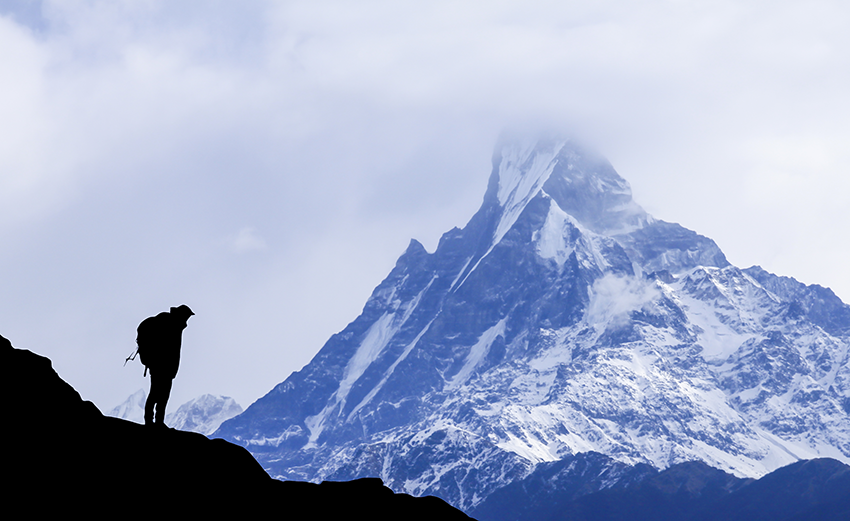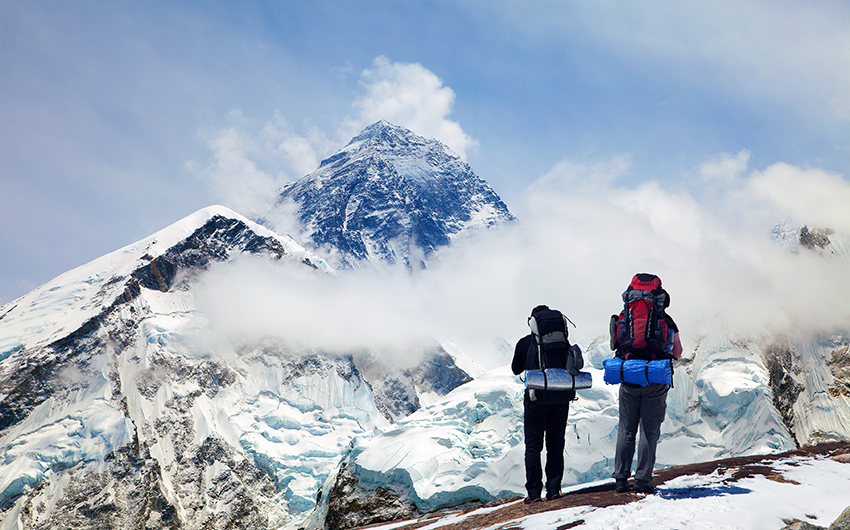Neha Raheja
Latest posts by Neha Raheja (see all)
- 10 Best Treks in November - May 22, 2020
- Exploring North-East India - May 11, 2020
- 11 Awe-Inspiring Natural Landscapes in India - May 7, 2020
Have you dreamt of trekking in the Himalayas? Want to scale those mystic peaks of the Kedarkantha trek? Want to set foot on Mt. Kilimanjaro or the Everest Base Camp? High Altitude trekking is more than just an experience. The wonderful feeling of being surrounded by majestic mountains on great heights, trekking some of the most inaccessible places in the world, discovering the mysteries hidden in the snowy capped peaks of some of the most formidable mountains is not just an expedition.
A high-altitude trek is a spectacular experience — and, for many of us, the chance of a lifetime to see some of the world’s most awe-inspiring peaks. It has its own charm, but is equally demanding. Preparation for a high altitude trek is very crucial. It is important to understand the terrain, extreme conditions and medical hazards which you will face at high altitude. You need to prepare well physically and mentally before you venture into the high altitude.
You ask what really is a high altitude trek?
8000 ft – 12000 ft: High Altitude
12000 ft – 18000 ft: Very High Altitude
18000 ft and above: Extremely High Altitude
26000 ft and above: Death Zone
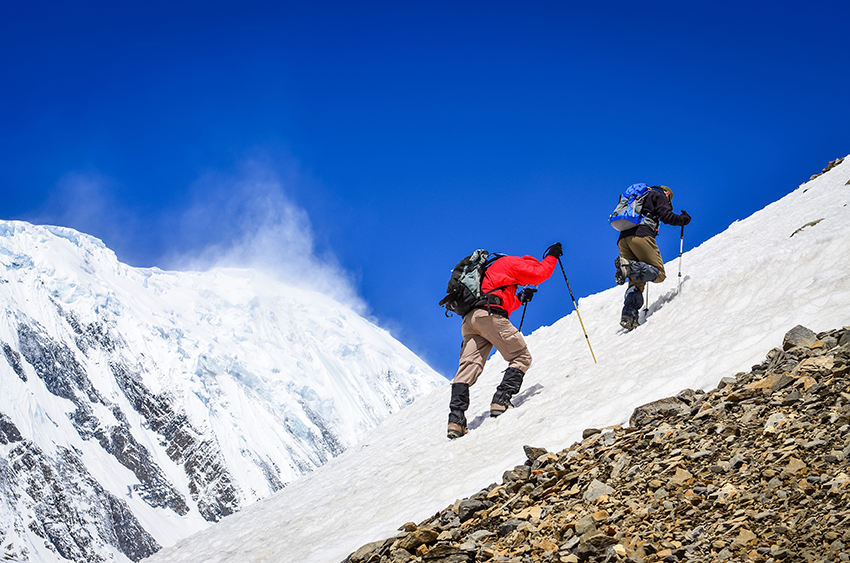
Above 8000 feet of elevation, atmospheric pressure decreases and the number of oxygen molecules in the air becomes less. For people who are used to living at sea levels or at an altitude less than 8000 feet this becomes a problem because the vital organs are now getting less oxygen than they are used to. So the body starts responding to that change in the environment by increasing the breathing and the heart rate. After a while the body starts producing more red blood cells so as to have more oxygen in the blood. But this does not happen in the blink of an eye. It takes quite a lot of time, which can literally translate to days and weeks, for the body to get adapted to the new environment. Ignoring to acclimatize yourself could end up with a medical condition called Altitude Sickness also known as Acute Mountain Sickness or AMS. AMS could also towards HAPE (High Altitude Pulmonary Oedema) or HACE (High Altitude Cerebral Oedema) which is fatal.
On a high altitude trek the chances of a medical facility being in proximity are quite slim. So it is really important to understand acclimatization and help your body to adapt with the changes in the environment in high altitudes.
You also need to prepare yourself months before your dream trek. Here are a few steps you can take to prepare yourself for a high altitude trek.
1. Amp up your willpower
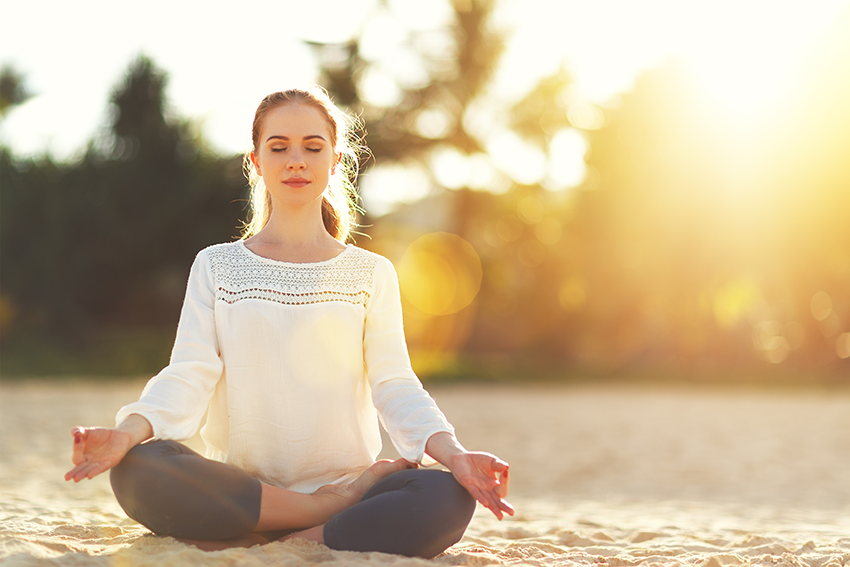
‘Mental Toughness & Stamina is a quality of the mind that is shattered by fatigue’ – Len Smith
Your mental endurance is a part of your ‘self-motivation’ system and conscious mental training. Speak to experienced trekker to gain more insights and knowledge about high altitude trekking. It is all about how mentally prepared and strong you are before taking this trek. Do not underestimate the power of your mental endurance as compared to physical endurance. It is equally important as being physically fit. Remember, winners and champions arent made in the gym. They are made by what’s deep inside them.
2. Amp up yourself physically
‘It takes both Physical & Mental Stamina to reach new heights’ – Michael D’auelerio
You can enhance your physical endurance by training yourself before heading to the high altitude for trek. This training program should start way ahead of your scheduled trek departure. The earlier the better. You may start your preparation by below mentioned guidelines and take it forward by intensifying keeping your goal in mind. You must focus on your cardio-vascular health and strength training. Start by planning out your exercise regime. Long walks are ideal, but be sure to increase the time every day. If you have a desk job, ensure to take the stairs instead of the elevator and walk around the office often. This will help you build your cardiovascular strength. It is also important to have an ideal body weight. If you are overweight, try eating healthy by cutting sugar in your diet and introducing lot of proteins. This will help with your stamina.

Interval training is one crucial part of getting physically fit. It entails getting the heart to beater really fast and then slowing down a little. For example, you may run to push your heart rate, then walk to allow it to calm down before starting to sprint again. Do not overload, but try to increase the intensity every day. Always remember to warm up your muscles before exercising and cooling it down with stretches post training.
The correct way of breathing will also help you reach that height easily. It will make your trek simpler. Practice taking deep breaths and holding it. If you go to the gym, then try walking on a treadmill on the incline elevated mode. You can also prepare yourself by climbing stairs with some weight, doing squats, training your calves, doing push-ups and planks to increase your core muscle strength. Increase the intensity every day.
3. Prepare for the unexpected
Prepare yourself for extreme cold and weather conditions. You need to be prepared mentally and physically in terms on things to carry with you. Also, you need to check the altitude of the area you are trekking through, so you are aware of the terrain and the challenges of hiking there. You must also check that your insurance policy covers high-altitude trekking because many standard policies treat it as an exclusion. A specialist insurance policy may be required.
4. Book an appointment to see your doctor
It is important to get a checkup before you leave. This includes a check of your blood pressure and general fitness. Females should get their hemoglobin checked as it may be low from menstruation. People with existing medical conditions such as asthma or diabetes should get checked out to ensure the medication is controlling the disorder effectively; a certification of fitness to travel might be required for some treks. You can also check with a doctor if you need to carry some medicines to cope with high altitude sickness (HAS).
5. Staying hydrated is key
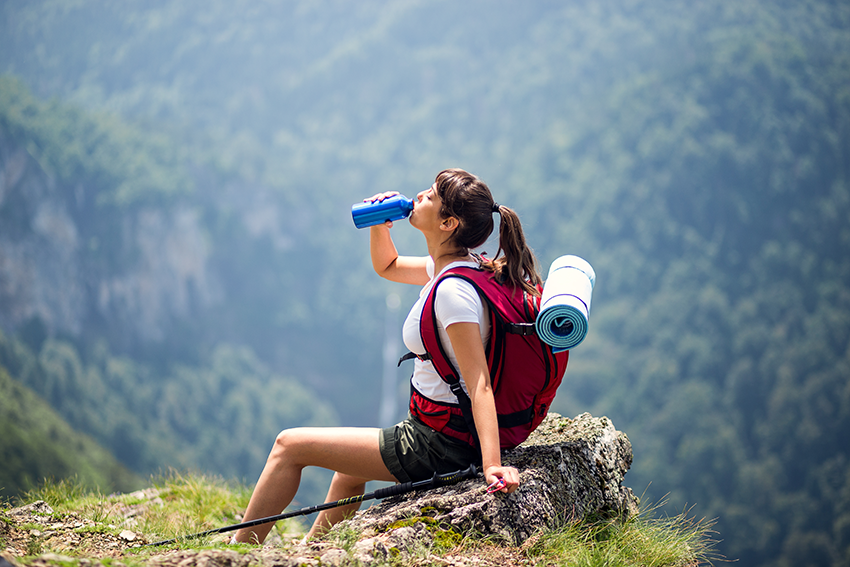
The thin air at high altitude causes a high loss of fluids through breathing and sweating. It is crucial to stay hydrated while exercising and walking at high altitude. Ensure to drink water often when exercising. Dehydration can lead to lethargy, accidents, and even death at higher elevations, so keep your fluids up when exercising. When trekking at altitude, keeping your hands clean and avoiding illness is vital because illness will dehydrate you further and weaken you when walking. This is particularly important if you are camping, so wash your hands and use hand gel frequently.
6. Acclimate as much as you can
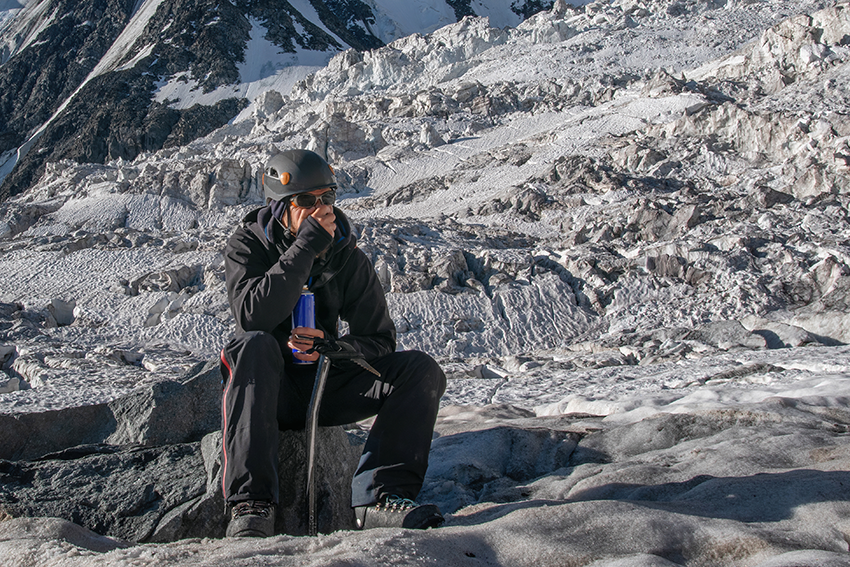
This is the most important step to prevent high altitude sickness. The rate of ascent is the most crucial factor in deciding who gets sick and who doesn’t. Acclimating to the oxygen levels slowly is important. Avoid climbing more than 1,000 feet per day and keep yourself hydrated. When traveling from low to high altitude, prepare to drive or go on foot rather than fly — the longer trip will give your body time to acclimate. If you must fly, spend at least 24 hours doing absolutely nothing — sleep a lot and don’t tire yourself out.
Read: What are the important steps to take to Acclimatize better?
7. Invest in the right gear
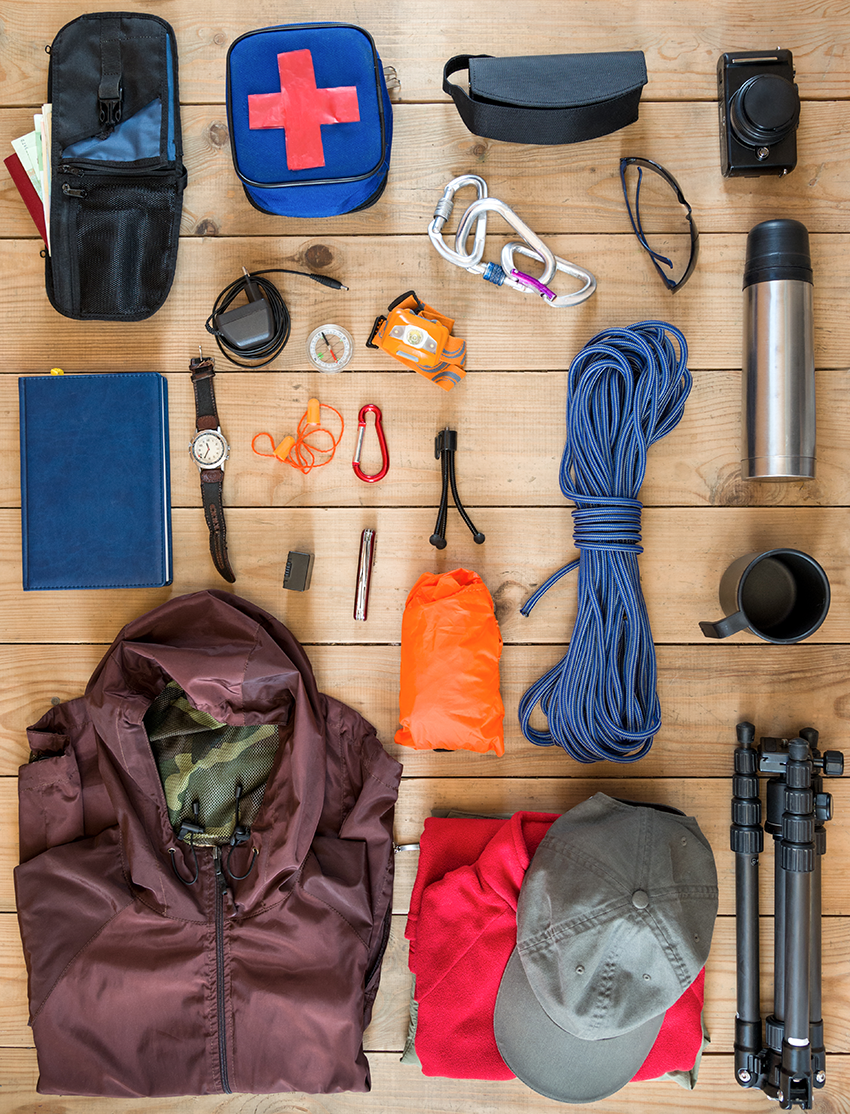
While you might not think this directly contributes to the effects of altitude sickness, but being comfortable and having the right gear is extremely important. The stress of not having the proper equipment will stress you out.
Hiking boots are the first thing you must buy when you decide to go on a high altitude trek and they must be broken in before you go to avoid blisters and sores.
Because you will be so close to the sun at great heights, you need good UV Sunglasses and good quality sunscreen to avoid burning yourself out.
A good sturdy water bottle, a basic medical kit, and the correct clothing. Carry a lot of layers, fleeces, and waterproof gear.
8. Read about altitude sickness and prepare to combat it
Everyone with altitude sickness will behave differently, but there are a few symptoms that are pretty much common. It’s crucial to recognise the signs of altitude sickness.
9. Prepare to stay unconnected
You will not have any kind of internet or phone connection with the outside world. Inform your loved ones in advance about your expedition so they don’t worry. You could take this time to meditate and think more clearly which is usually not possible back at home with many distractions around us.
Go ahead do your research, and prepare well for your high altitude trek. The feeling when you reach the top is undefinable. Work hard for it, it will be worth it.
‘The best view comes after the hardest climb’.
